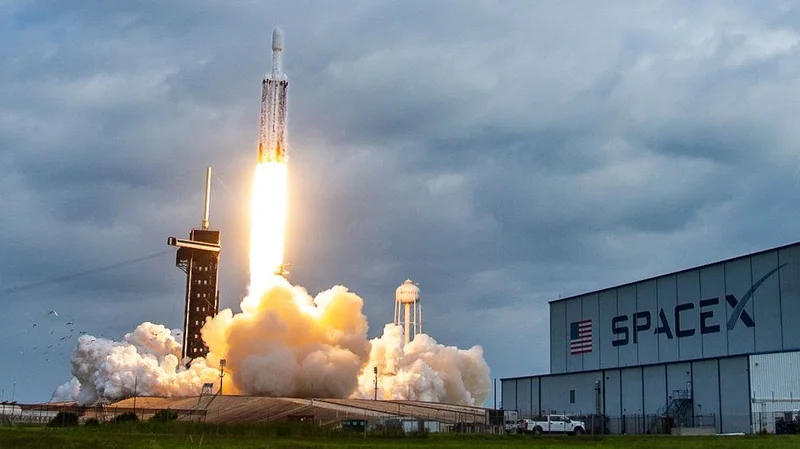SpaceX did what SpaceX does: launched another batch of Starlink satellites. The Starlink 10-51 mission lifted off from Kennedy Space Center at 3:10 a.m. EST on November 9th, after a weather-related scrub the previous day. Falcon 9 booster B1069, making its 28th flight (that's a lot of wear and tear), successfully landed on the drone ship 'A Shortfall of Gravitas.' Twenty-nine Starlink V2 Mini Optimized satellites are now in orbit, or will be shortly. Rinse, repeat.
But this launch, seemingly routine, is happening against a backdrop of increasing regulatory friction. The FAA, facing a funding lapse (quelle surprise), is apparently not responding to routine media inquiries. Which leaves a vacuum quickly filled with speculation. More concretely, they've issued an emergency directive restricting commercial space launches and reentries during prime nighttime hours, starting November 10th.
The stated justification? Unknown. The impact? Immediate and potentially significant.
The FAA's nighttime launch restrictions are a material event. United Launch Alliance's ViaSat-3 F2 mission is now on hold. SpaceX itself has five more Starlink missions slated before November 19th, plus the Transporter-15 mission on November 11th. Rocket Lab, conveniently, is unaffected because their Launch Complex 1 is in New Zealand. (Smart move, Rocket Lab.)
And then there's Transportation Secretary Sean Duffy's temporary 10 percent flight reduction at 40 high-traffic airports. Orlando and Los Angeles are on the list. That's going to ripple through the airline industry, no doubt. (Airlines are already working on razor-thin margins, with an average profit margin of 2.7% in 2024).
What's the connection? It's not immediately obvious, and that's the problem. Without transparency from the FAA, we're left guessing. Are these measures related to safety concerns stemming from increased launch activity? Are they a response to the debris Steve Dunn and Steve Bachman's son witnessed (re-entering space debris and sonic booms, respectively)? And this is the part of the analysis that I find genuinely puzzling. The FAA has been regulating space launches for years. What changed now?

A reasonable hypothesis: the sheer volume of launches. SpaceX is pushing the envelope, normalizing a launch cadence that was unthinkable a decade ago. The FAA, designed for a different era, is struggling to keep up. Imagine a highway designed for 1,000 cars a day suddenly handling 10,000. You don't just need more lanes; you need a whole new system.
The FAA's actions are like applying a band-aid to a dam about to burst. A 10% reduction in flights is hardly going to solve a systemic issue of air traffic control overwhelmed by space debris, and nighttime launch restrictions will likely cause a bottleneck in planned launches.
The FAA's actions, while opaque in their motivation, have clear economic consequences. Delayed launches translate to delayed deployment of satellites, which translates to delayed revenue for SpaceX. A 10% reduction in flights at major airports translates to lost revenue for airlines and potential disruptions for travelers.
And what about the long-term effects on innovation? If the regulatory environment becomes too restrictive, companies may be less inclined to invest in space technologies. Is the U.S. ceding its leadership in the space race to countries with more accommodating regulatory frameworks?
The lack of transparency from the FAA is particularly troubling. In a data-driven world, decisions should be based on evidence, not shrouded in secrecy. The public deserves to know the rationale behind these measures. What specific risks are the FAA trying to mitigate? What data supports their actions?
One thing is clear: the old way of doing things isn't working. The FAA needs to adapt to the realities of the new space age. That means investing in better technology, streamlining its processes, and being more transparent with the public. Otherwise, we risk stifling innovation and falling behind in the space race.